Part 1: Depth Refocusing
If we were to take all of these images and average them (as seen in the first image below, with C = 0), we would get an image which focuses on the far away objects in the image because those are displaced by a smaller amount in total for all the 17x17 images. In order to get an image which focuses on another region (the center, let's say), we would want to make sure we "pin" the center and align all the images such that their centers all "stack up". This means that the "pinned" center won't be displaced much when we take the average of all these stacked images. Instead, the other areas will be displaced more. Thus, the resulting image seems to focus on the center.Doing this required shifting each image by some constant C multiplied by the difference of the floats given in the image name by the floats given in the center image's name. The results of changing this constant C are shown below.
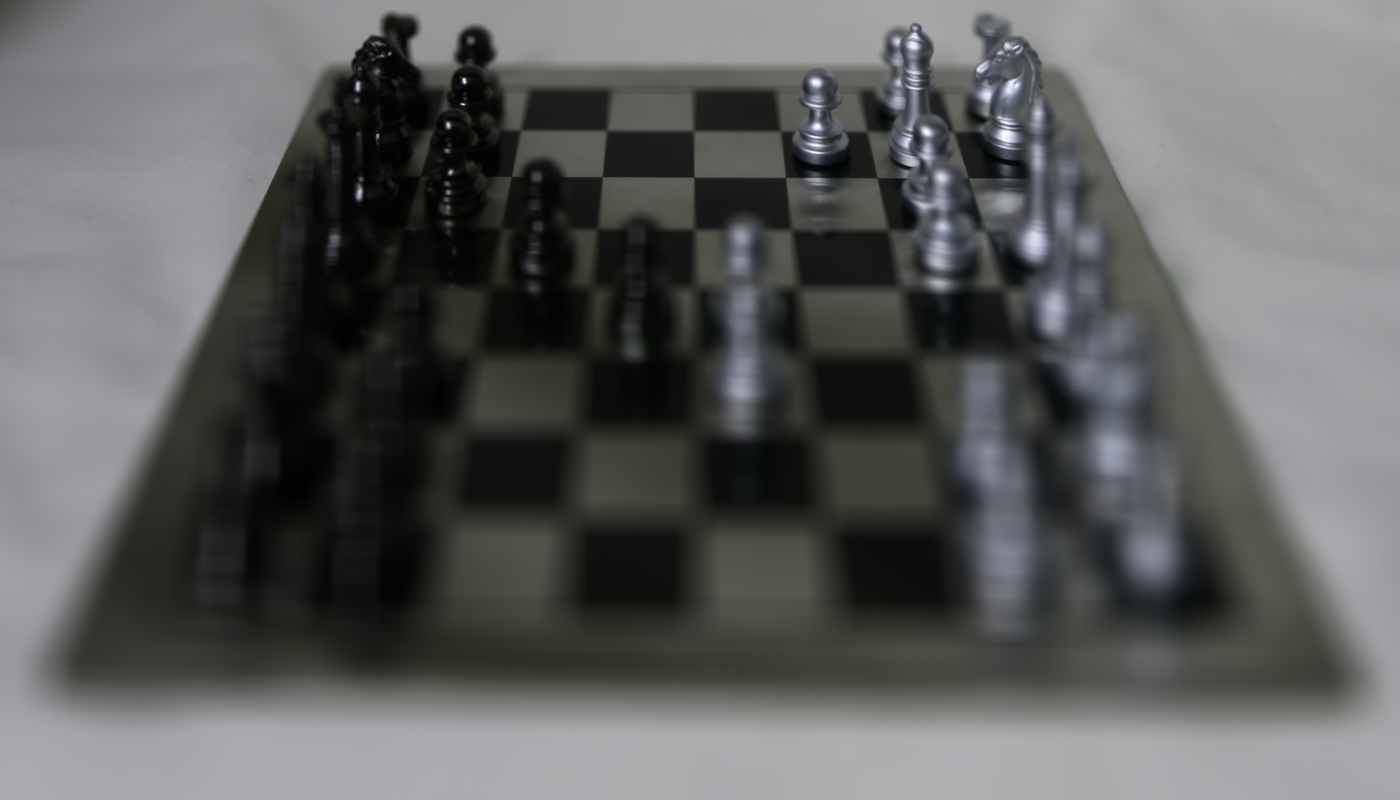
|
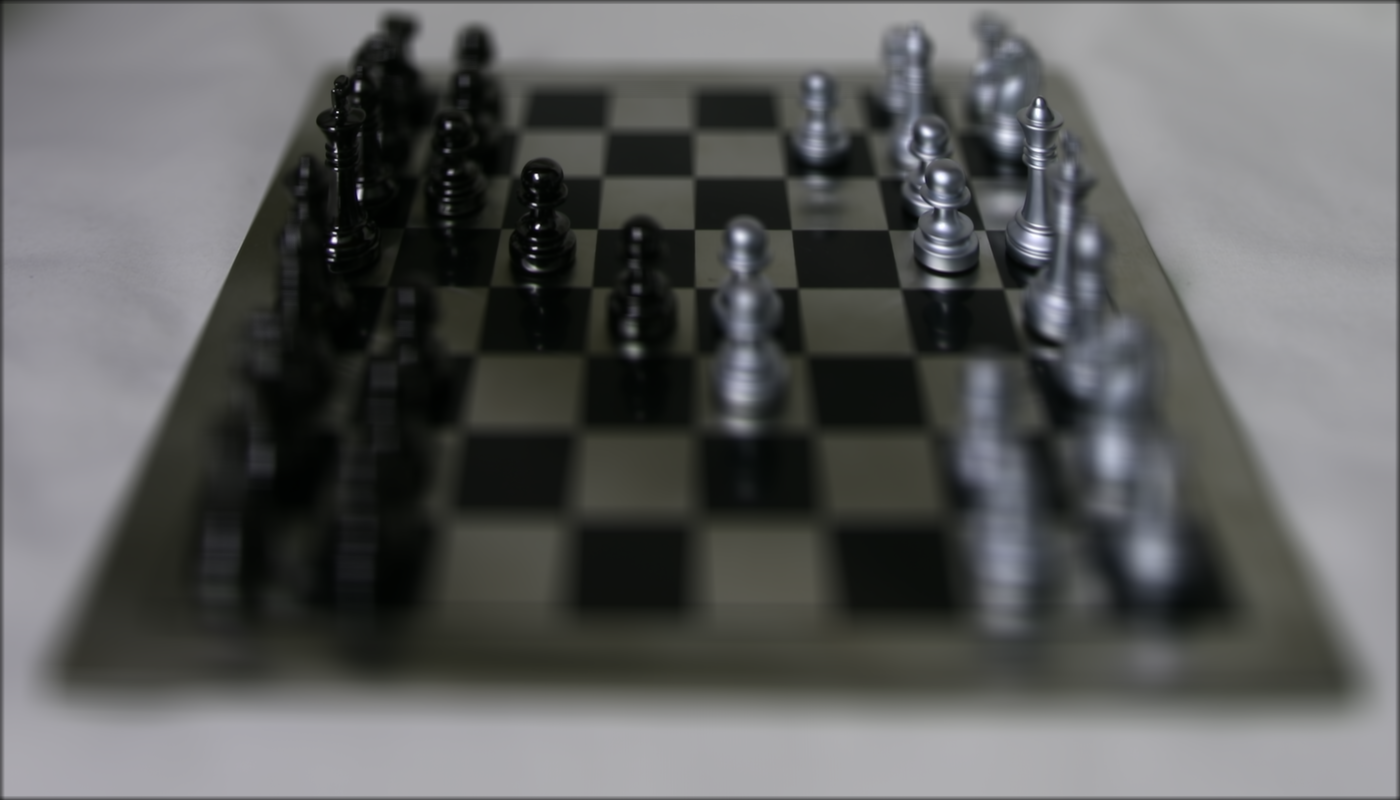
|
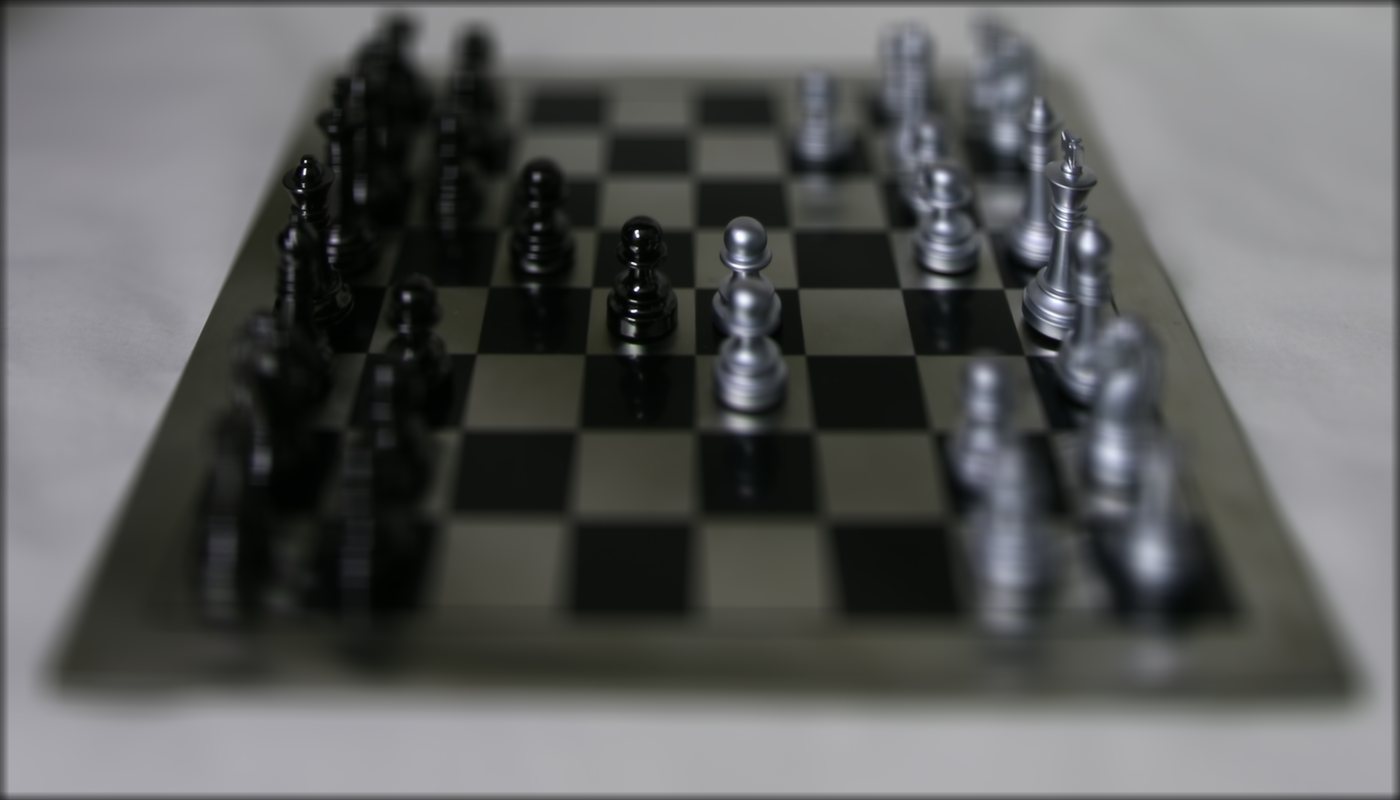
|
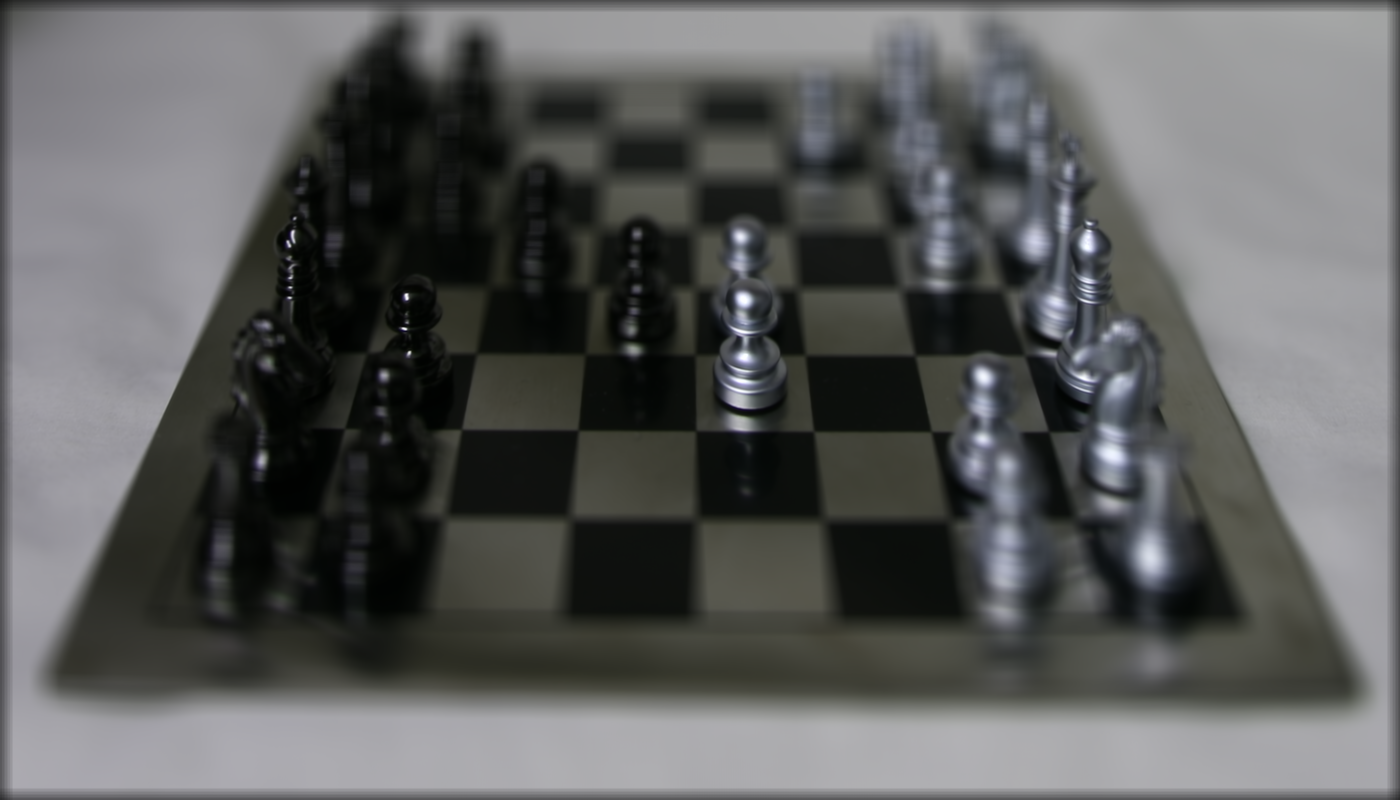
|
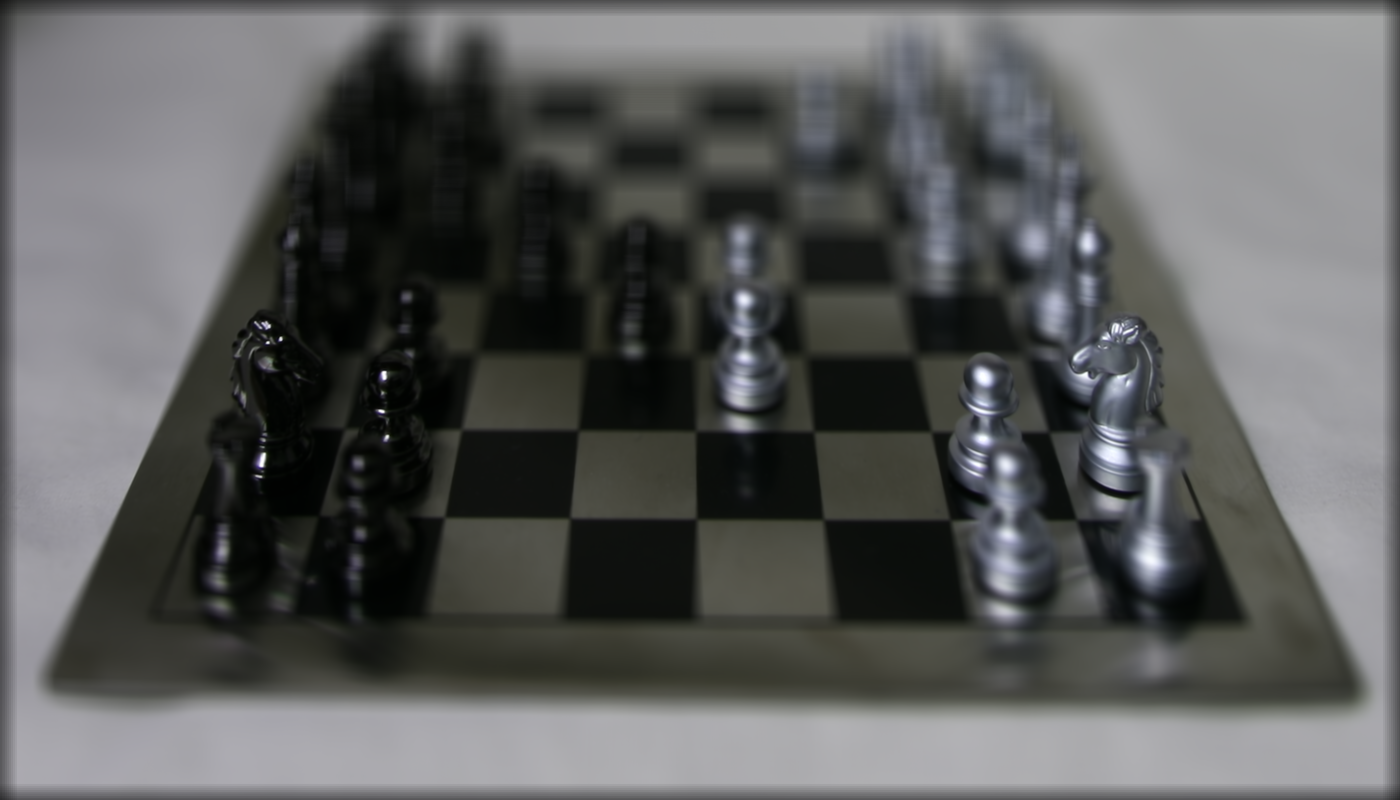
|
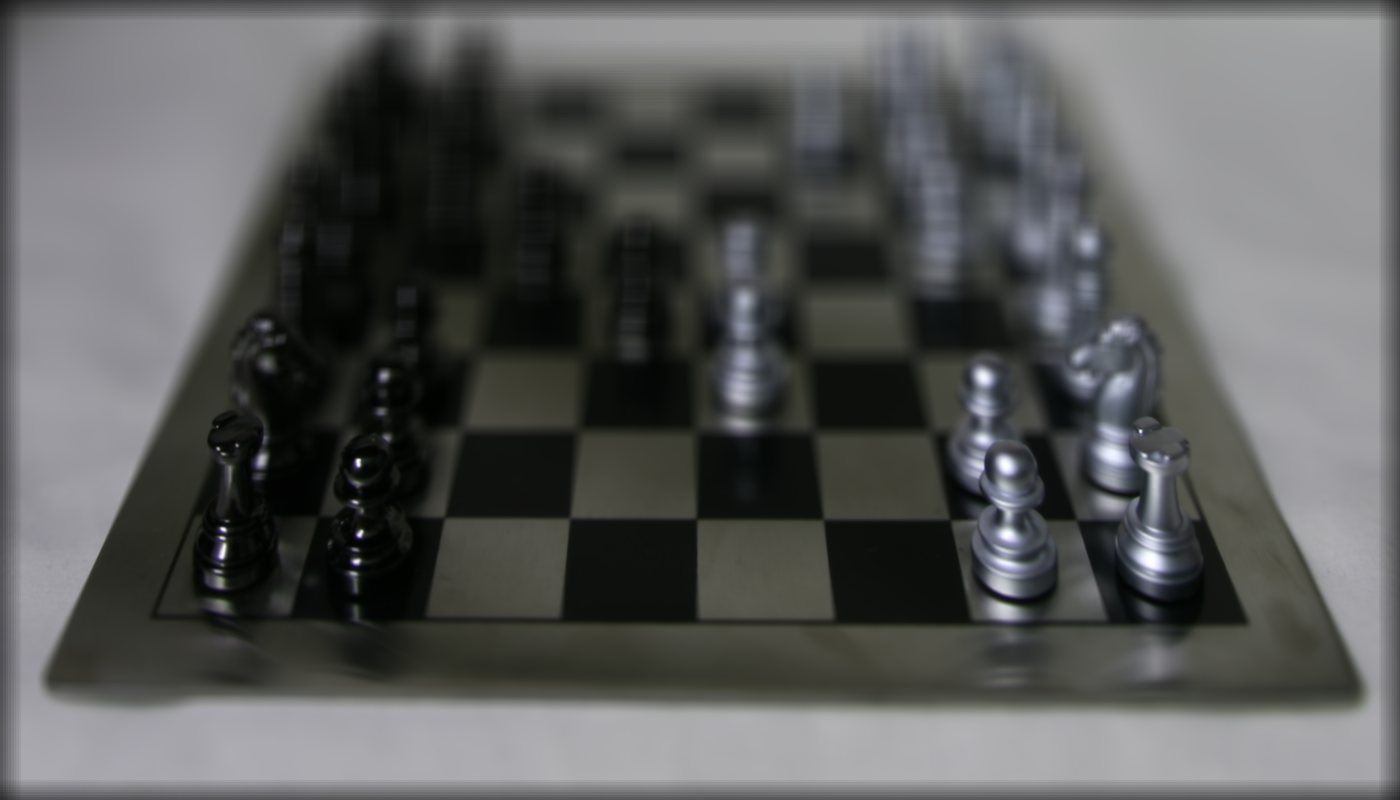
|
Part 2: Aperture Adjustment
Note that images taken with smaller apertures have a wider depth of field, meaning that more of the image is in focus. Images taken with larger apertures have a smaller depth of field meaning a smaller part of the image is in focus.So, in order to prevent as much blurring as comes with averaging all the images, we can just average a smaller amount of images such that those that we do average are closer to the center. This will get us images with a smaller aperture.
Below, the first image (where we only use the center image) has the smallest aperture. The last image (where we use all the images) has the largest aperture.
I held C constant at -0.2 as that's where I wanted to focus the image.
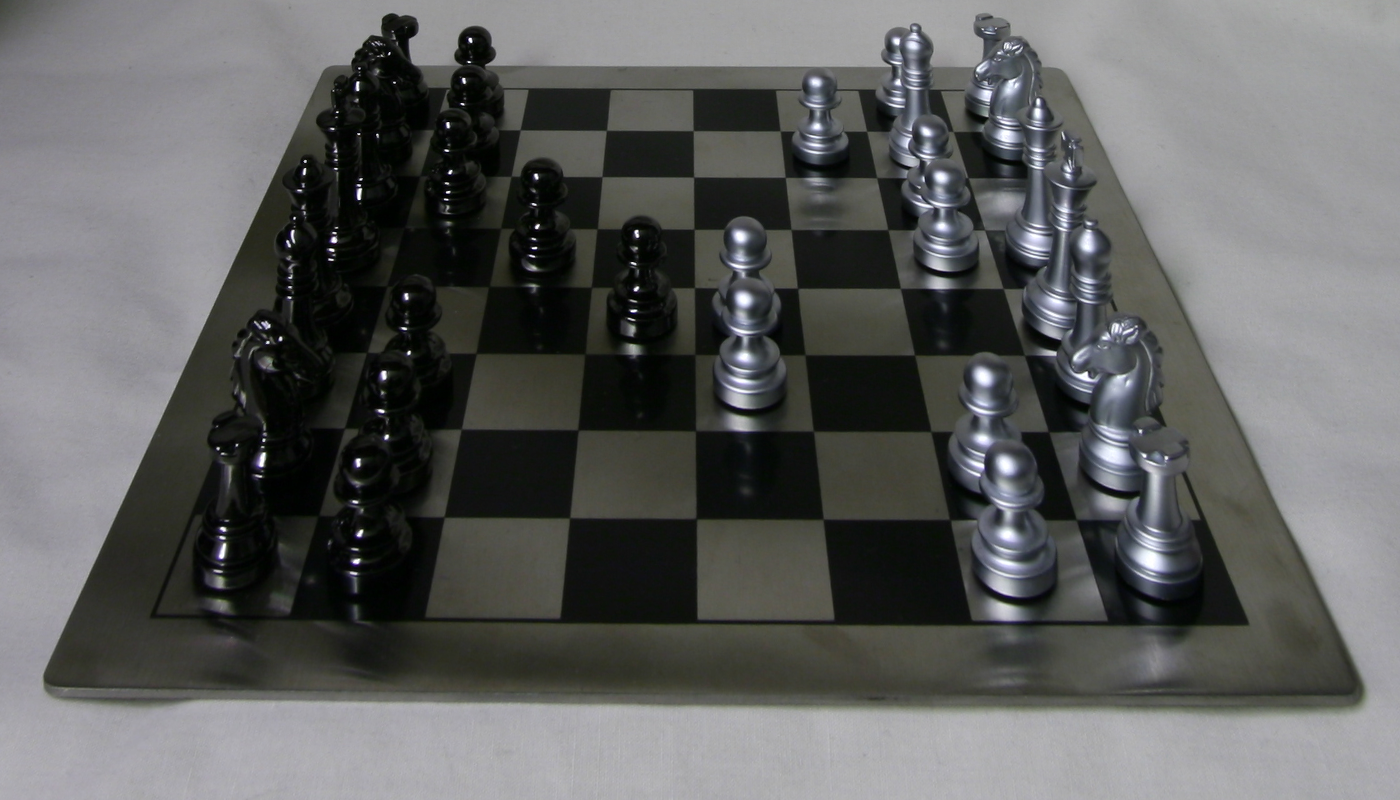
|
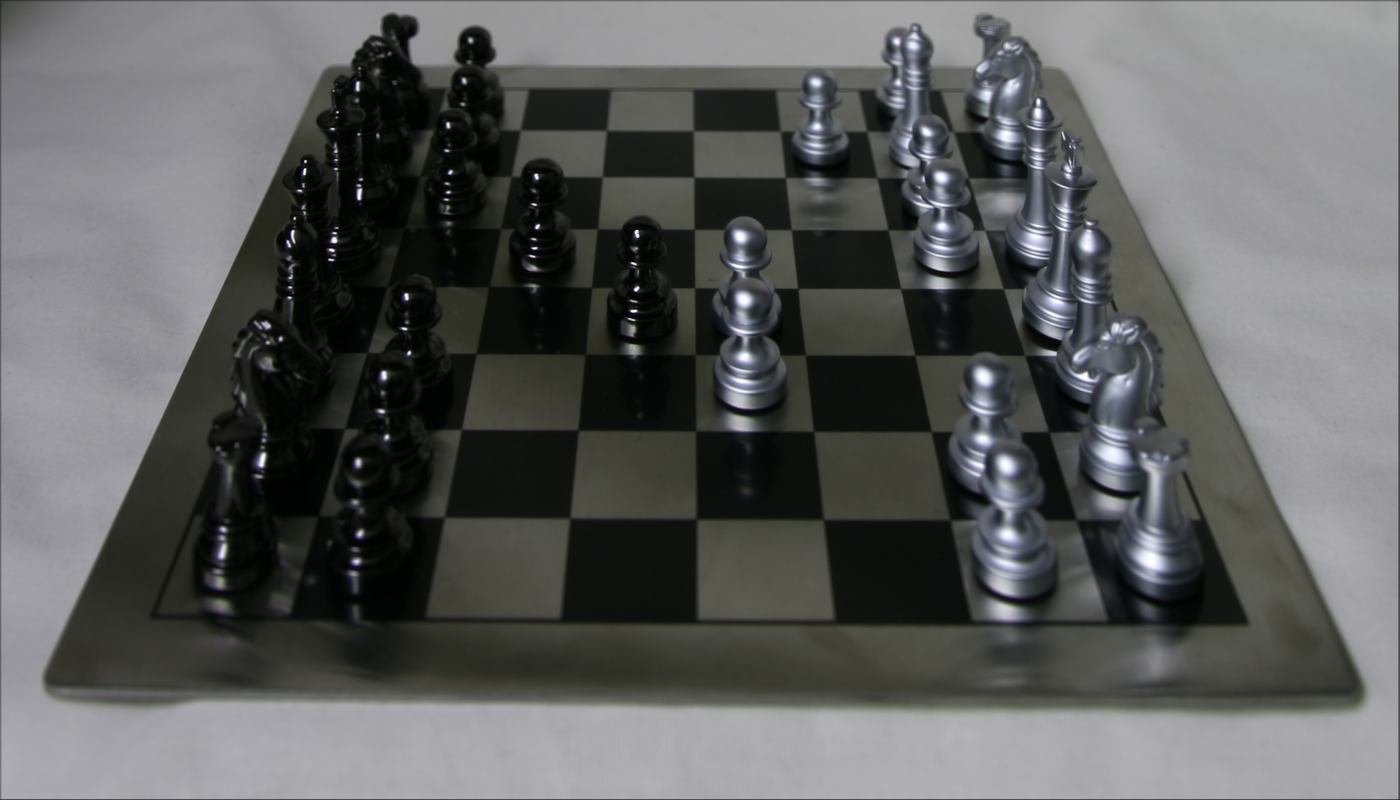
|
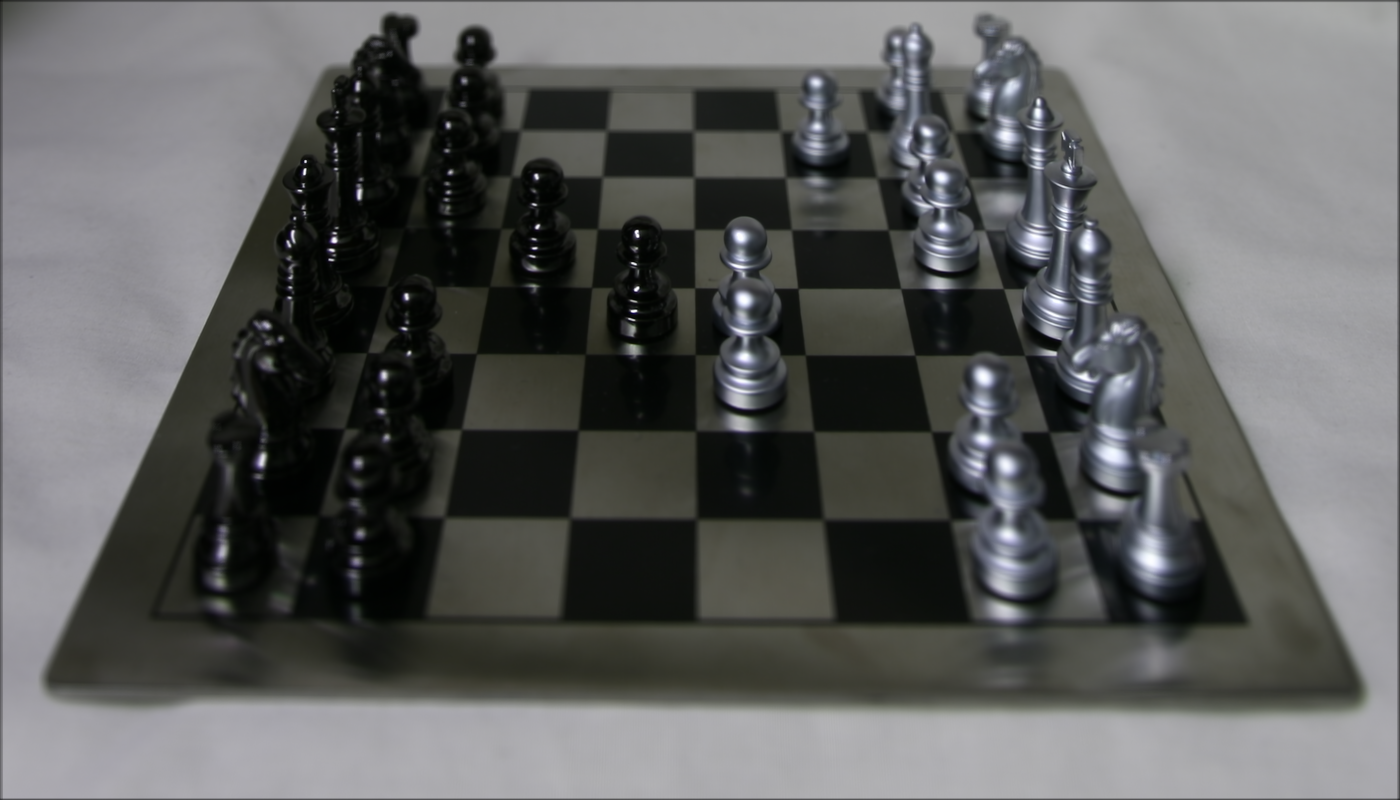
|
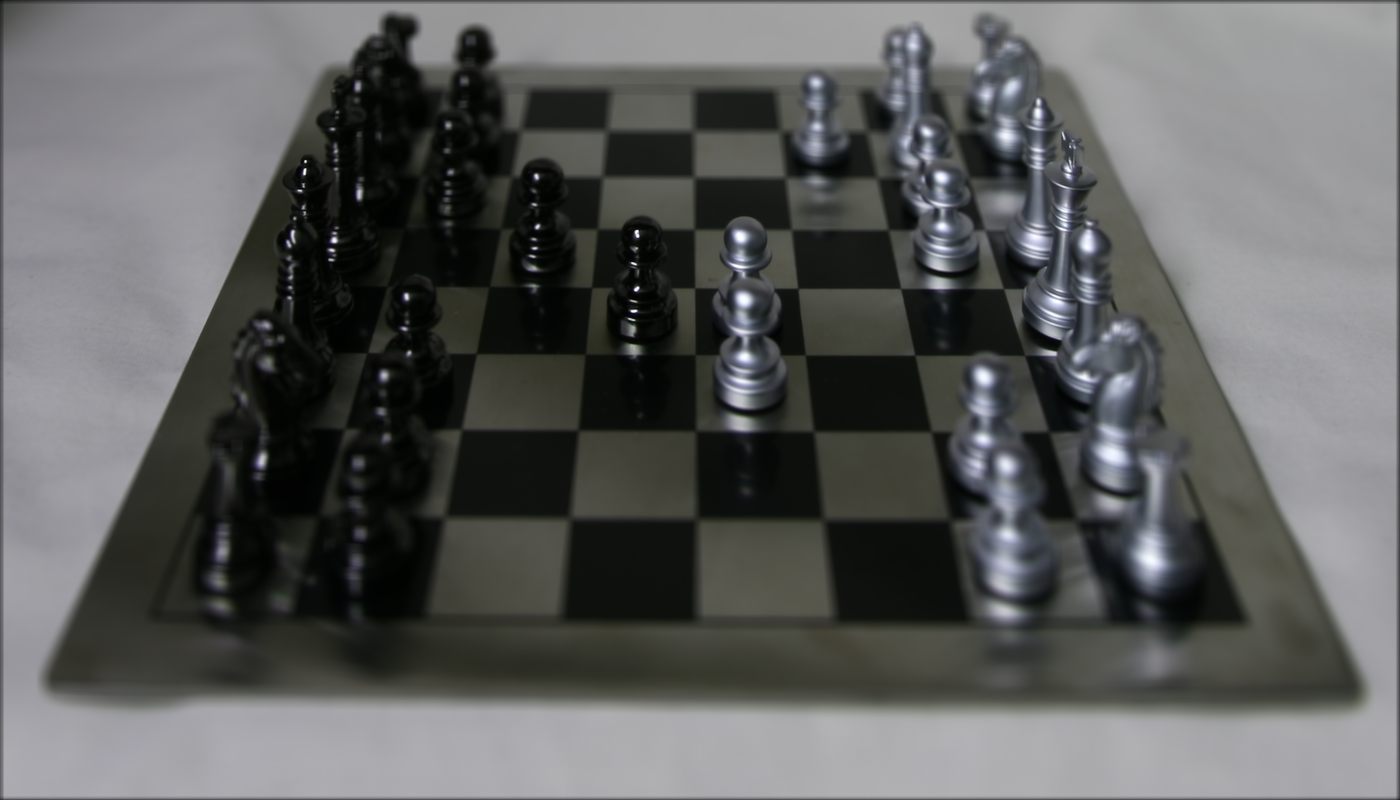
|
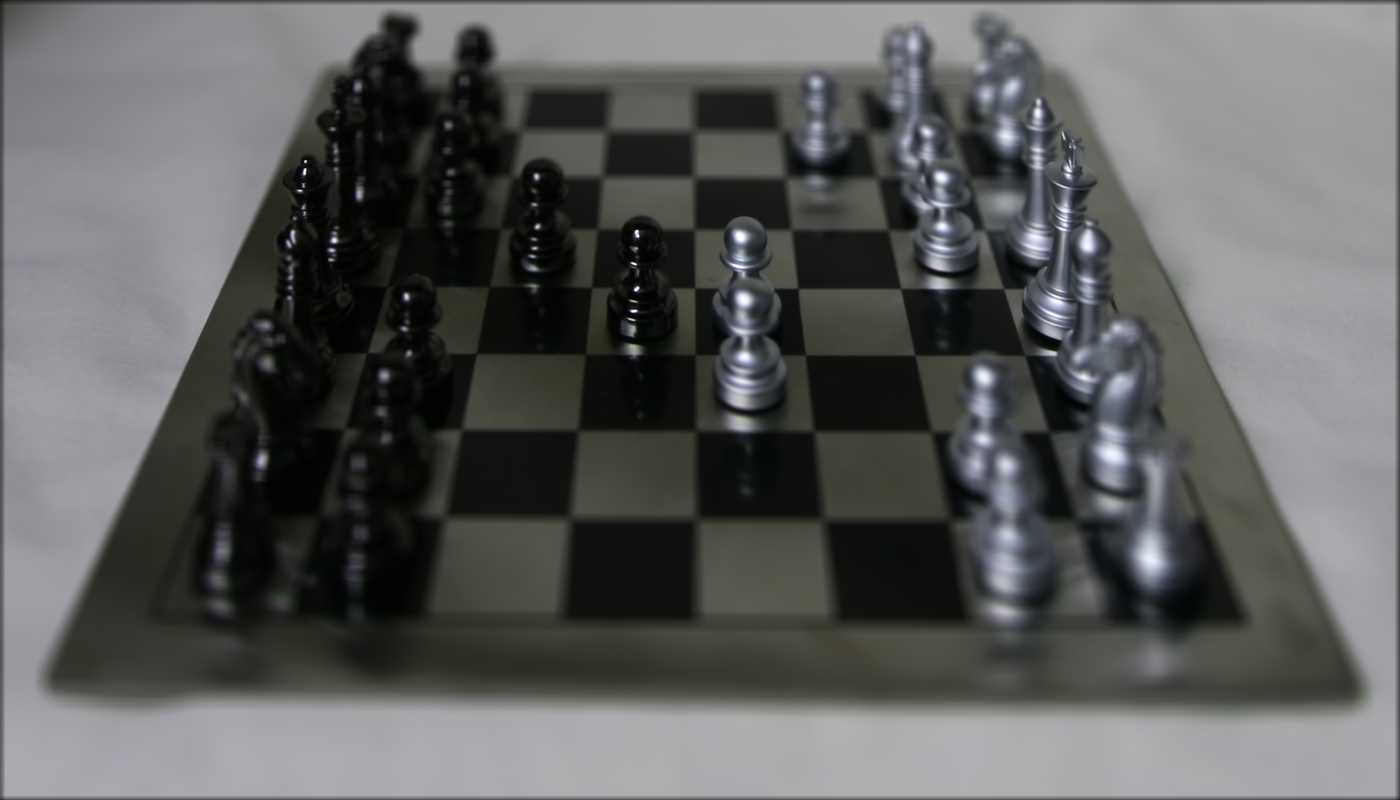
|
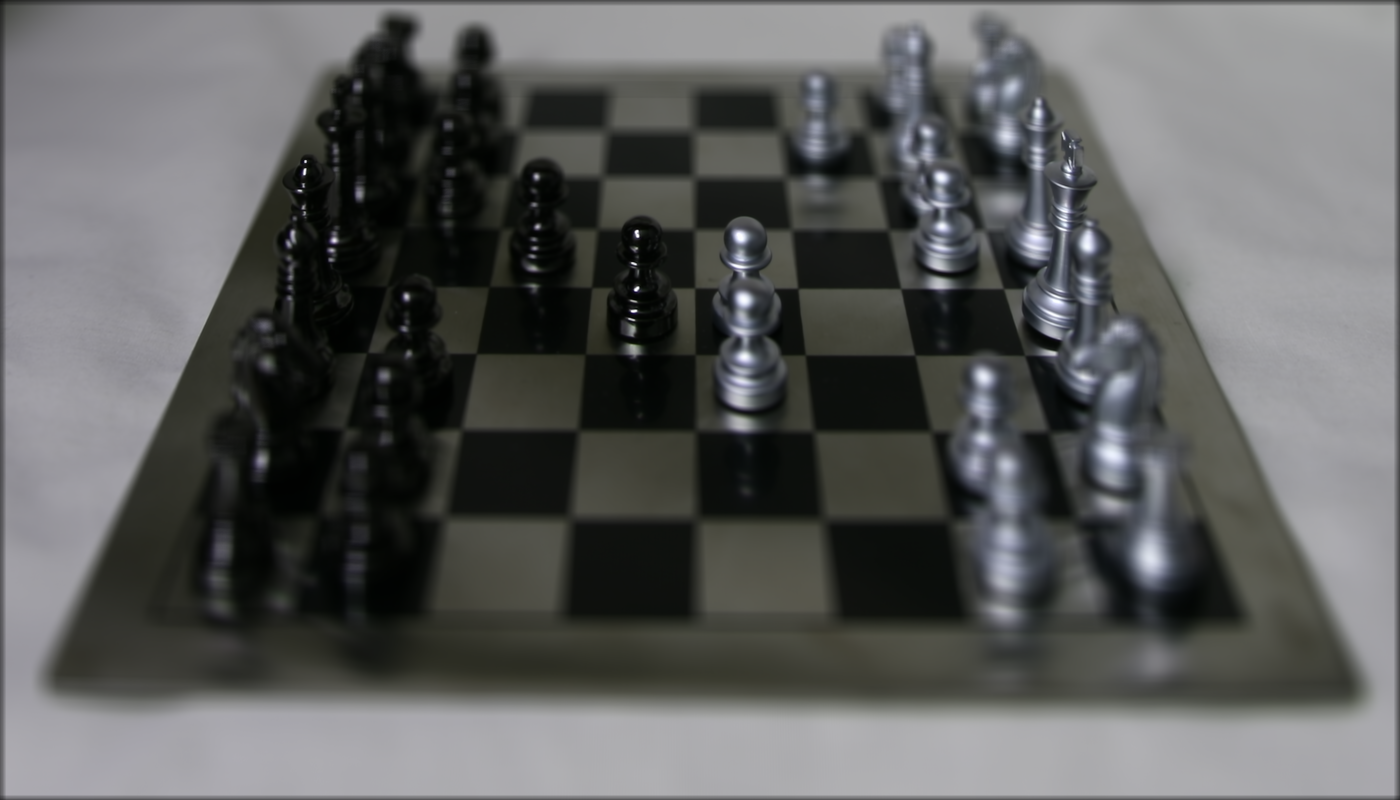
|
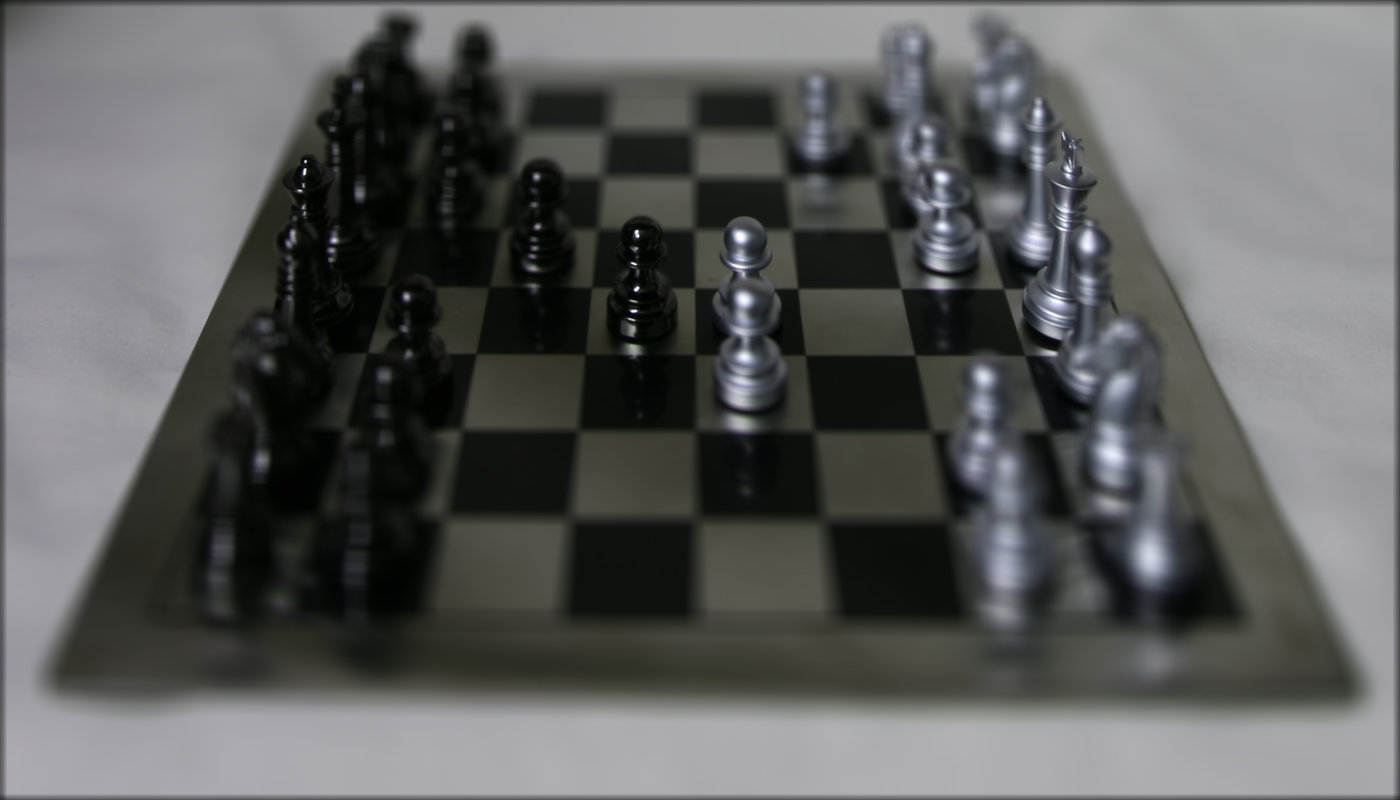
|
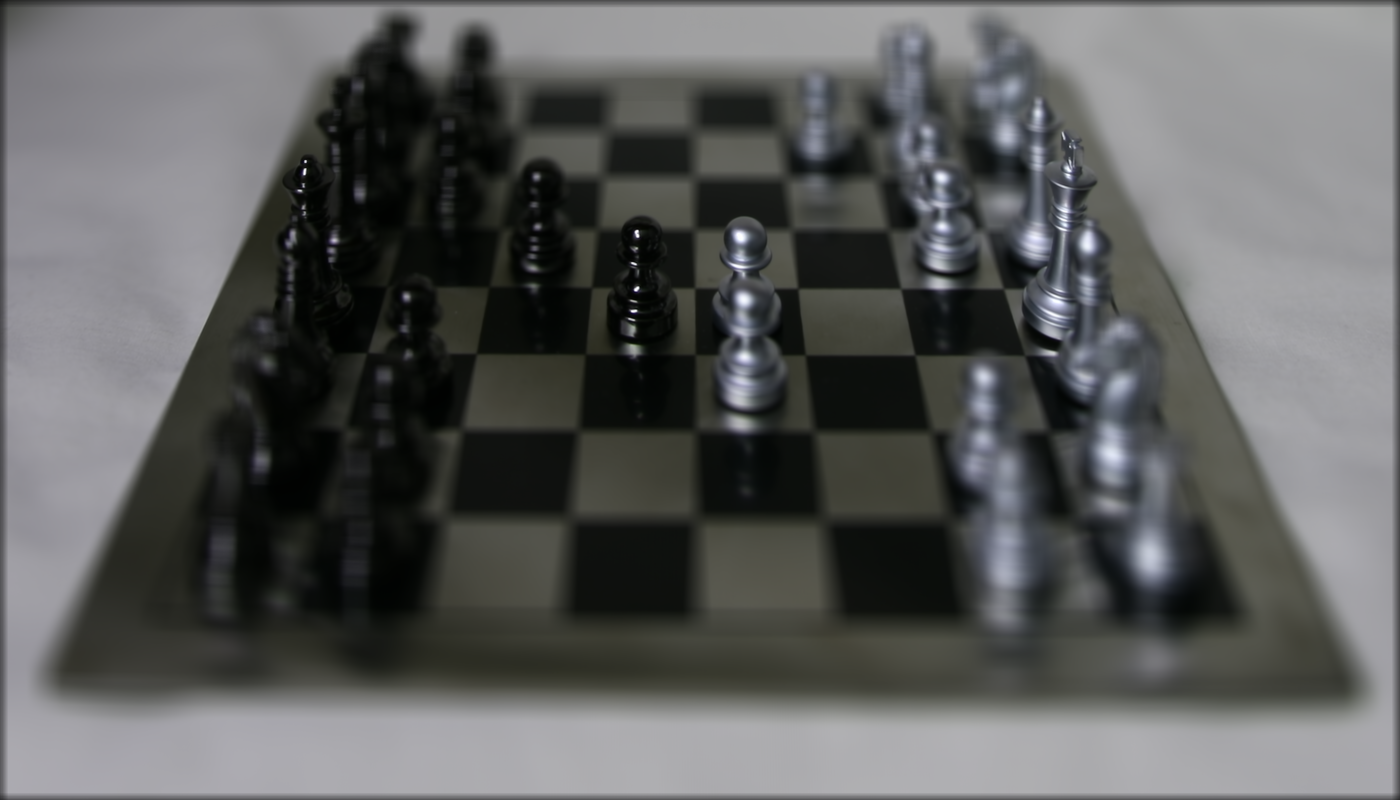
|
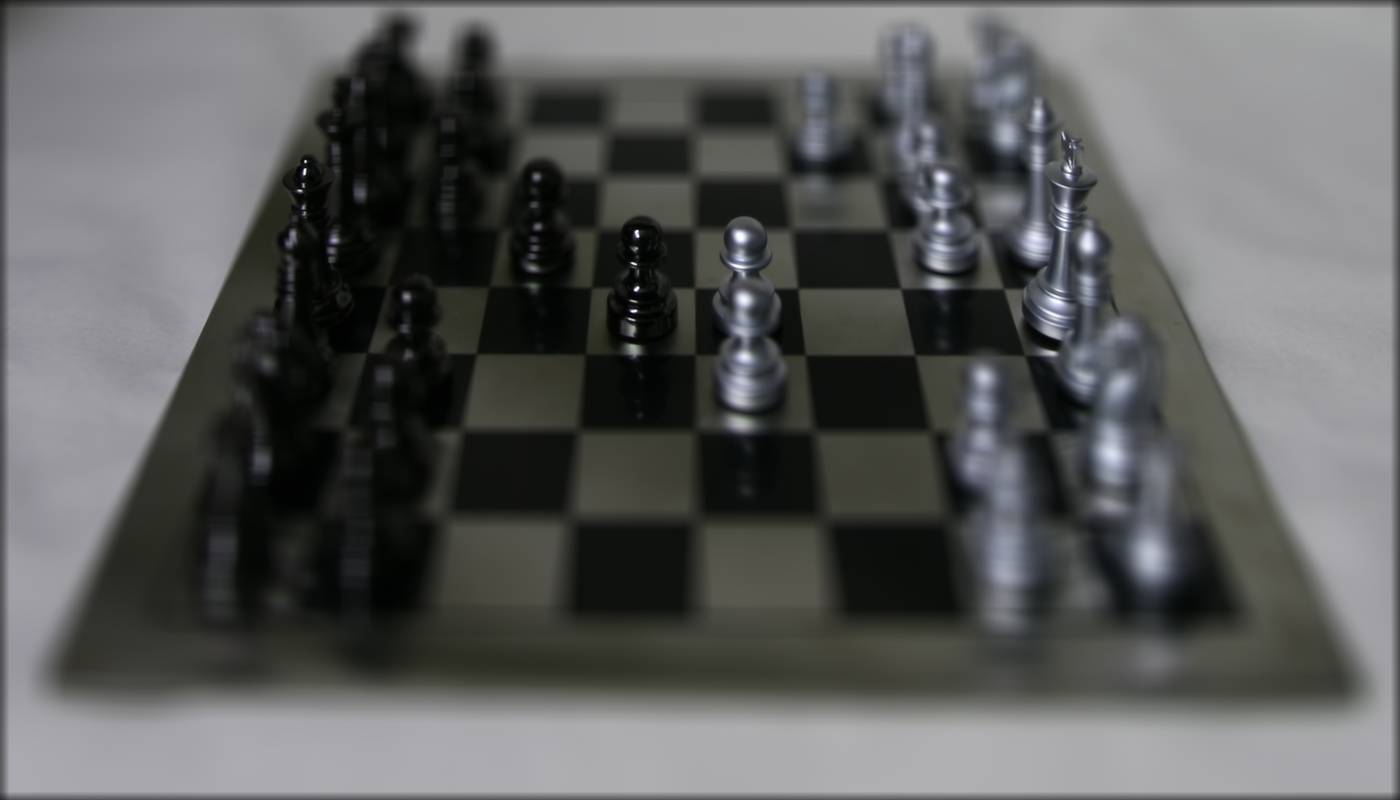
|